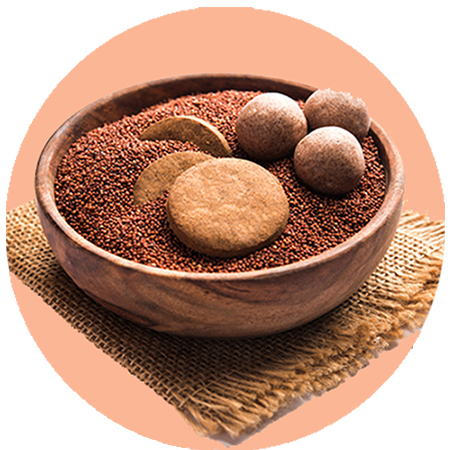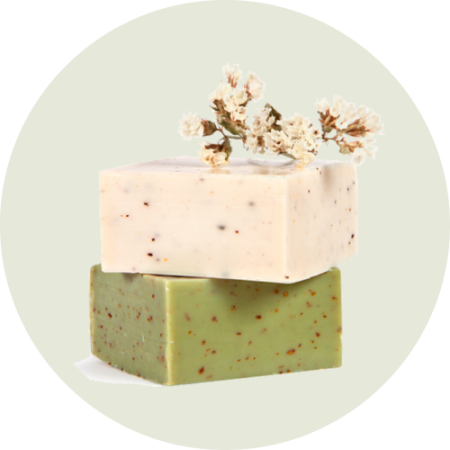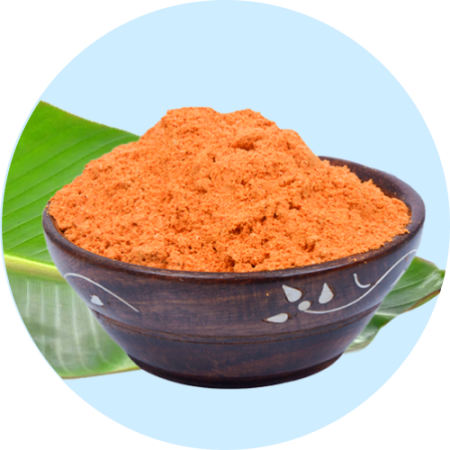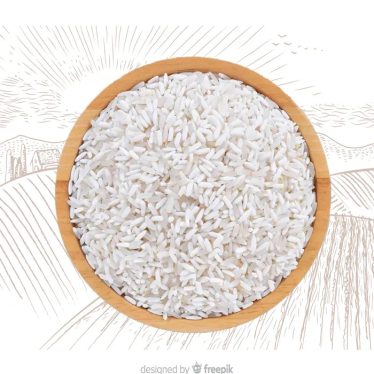Idly Rice
₹55 – ₹480
Benefits
Gluten
Free
Easy
to Digest
Rich
Thiamine
Cell
Metabolism
Order via WhatsApp!
Description
Idly Rice
In the mystical world of culinary delights, where grains transform into clouds of sheer bliss, there exists a grain that reigns supreme—the ethereal Idly rice. Like a whisper from the heavens, it carries within it the secrets of creating the most enchanting and tender idlis, a symphony of flavors and textures that dance upon the palate.
Idly rice, with its luminescent pearly grains, possesses a captivating allure. Each grain, meticulously nurtured by the sun’s gentle caress, radiates an inherent elegance. As if touched by the morning dew, it holds a hint of moisture, promising softness in every bite.
This Idly Rice, unlike any other, boasts a mystifying resilience—a perfect balance between delicacy and strength. Its subtle coarseness grants the idlis a velvety tenderness while maintaining a firmness that cradles the flavors within.
As you embrace a handful of this magical rice, a gentle aroma envelops your senses—a fragrant bouquet that speaks of the rich earth from which it emerged. It is a scent that evokes memories of warm kitchens and familial love, an invitation to embark on a culinary voyage through the heartlands of South India.
When the idly rice mingles with its faithful companion, the urad dal, alchemy occurs. Together, they embark on a journey of transformation—a slow dance of fermentation that awakens their true essence. The marriage of these two humble ingredients creates a harmonious symphony of flavors, as if the grains themselves sing in unison.
Upon steaming, the idly rice transcends its earthly form, metamorphosing into the clouds of pure joy—idlis. These celestial orbs, divine in their simplicity, are a canvas upon which flavors bloom. Their snowy white surface conceals an inner world of captivating tastes—an interplay of delicate tanginess and the comforting warmth of tradition.
With each bite, the idly rice unfolds its hidden treasures—a gentle release of flavors that dance upon the palate. It is a journey that transports you to verdant rice fields, to the bustling kitchens where generations have perfected the art of idli-making, and to the hearts of those who savor this humble delicacy.
So, indulge in the magic of Idly Rice. Let it guide you to a realm where culinary dreams come true, where the ordinary becomes extraordinary, and where every morsel is a testament to the timeless traditions and the sheer joy of South Indian cuisine.
Here’s a step-by-step guide to cooking idli rice:
- Rinse the idli rice, urad dal, and fenugreek seeds separately under cold running water. Soak them in water separately for at least 4-6 hours. You can soak them overnight if you prefer.
- After soaking, drain the water from the rice, urad dal, and fenugreek seeds. Place them in a grinder or blender along with some fresh water. Grind them together until you get a smooth batter. Add water gradually while grinding to achieve the right consistency. The batter should be thick but pourable. It should not be too runny or too thick.
- Transfer the batter to a large bowl. Add salt to taste and mix well. The salt helps in fermentation.
- Cover the bowl with a clean cloth or lid and let it ferment in a warm place for about 8-10 hours. The fermentation time may vary depending on the temperature. The batter should double in volume and develop a slightly sour aroma.
- Once the batter is fermented, it is ready to be cooked. Prepare your idli steamer or pot by filling it with water and bringing it to a boil. If using an idli steamer, grease the idli plates with oil or ghee.
- Give the fermented batter a gentle stir. If the batter has become too thick, you can add a little water to adjust the consistency.
- Pour the batter into the greased idli plates, filling each mold about 3/4th full. Leave some space for the idlis to rise.
- Place the idli plates in the steamer or pot, cover it with a lid, and steam on medium heat for about 10-12 minutes. Check if the idlis are cooked by inserting a toothpick or a knife into the center of an idli. If it comes out clean, the idlis are done.
- Once cooked, remove the idli plates from the steamer and let them cool for a few minutes. Use a wet spoon or a butter knife to gently remove the idlis from the molds.
- Serve the idlis hot with sambar, coconut chutney, or any other accompaniment of your choice
healthy benefits of idli rice
- Nutritional value: Idli rice is a good source of carbohydrates, which provide energy to the body. It also contains some protein and dietary fiber. Additionally, it is low in fat and cholesterol-free.
- Easy to digest: The parboiling process of idli rice makes it easier to digest compared to raw rice. It undergoes a steaming process, which alters the starch and makes it more gelatinous. This helps in easier digestion and absorption of nutrients.
- Gluten-free: Idli rice is naturally gluten-free, making it suitable for individuals with gluten sensitivity or celiac disease. It can be a healthy alternative for those who need to avoid gluten in their diet.
- Low glycemic index: Idli rice has a low glycemic index, which means it releases glucose into the bloodstream at a slower rate. This property makes it beneficial for individuals with diabetes or those aiming to manage their blood sugar levels.
- Source of essential nutrients: While idli rice is primarily a source of carbohydrates, it also contains some essential vitamins and minerals such as thiamin (vitamin B1), niacin (vitamin B3), iron, and magnesium. These nutrients play important roles in maintaining overall health and well-being.
- Versatile in cooking: Although idli rice is primarily used for making idlis, it can also be used in other dishes such as dosas (savory pancakes), paniyarams (dumplings), and even as a substitute for regular rice in various recipes.






































